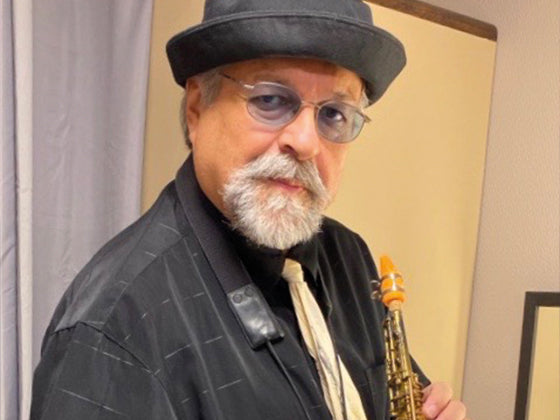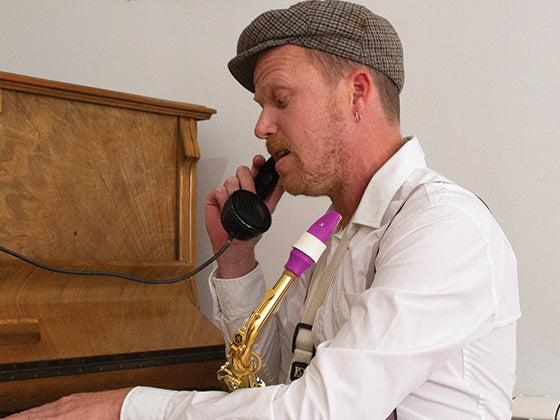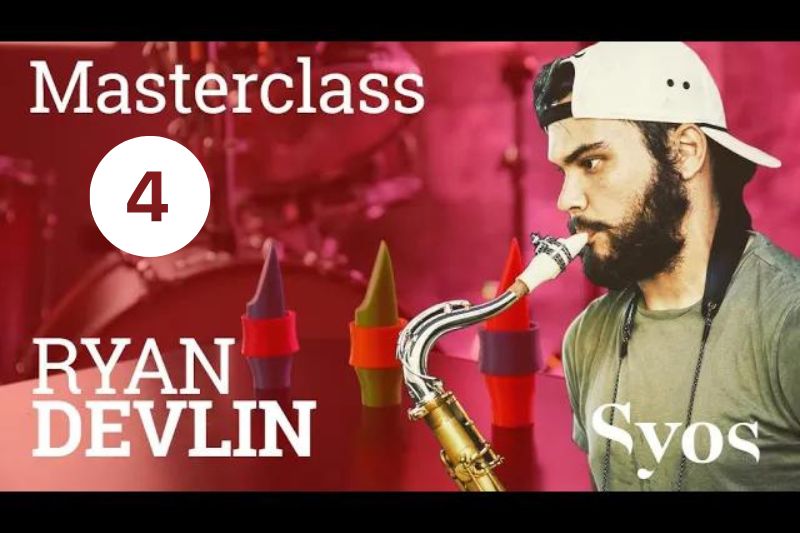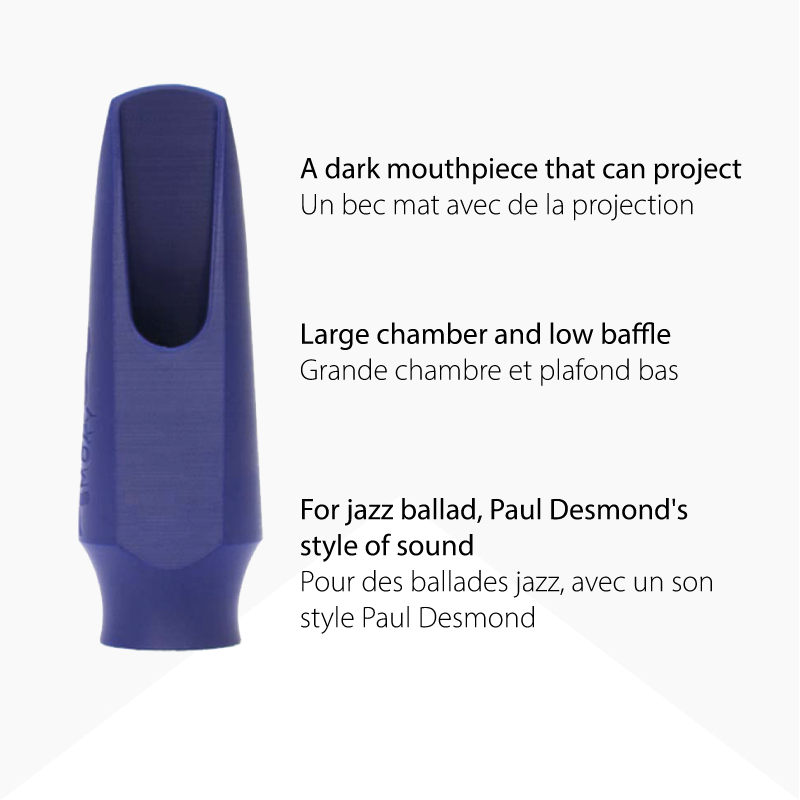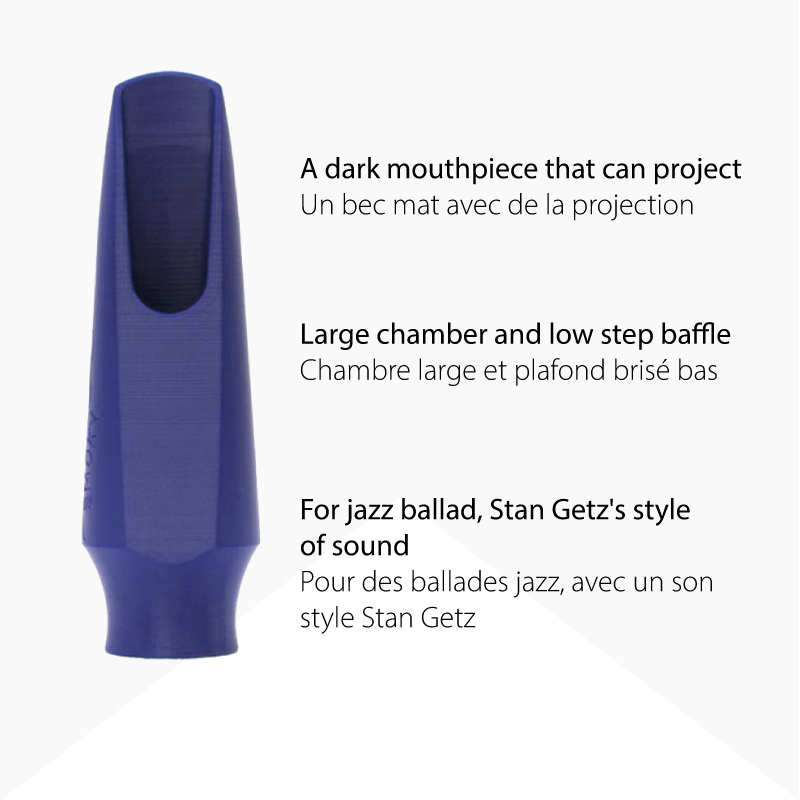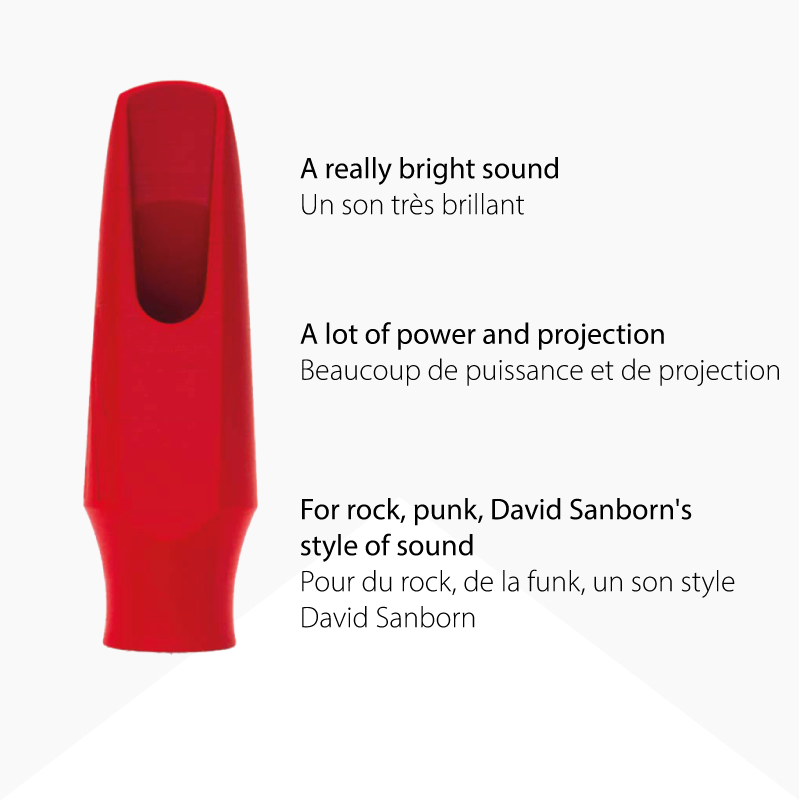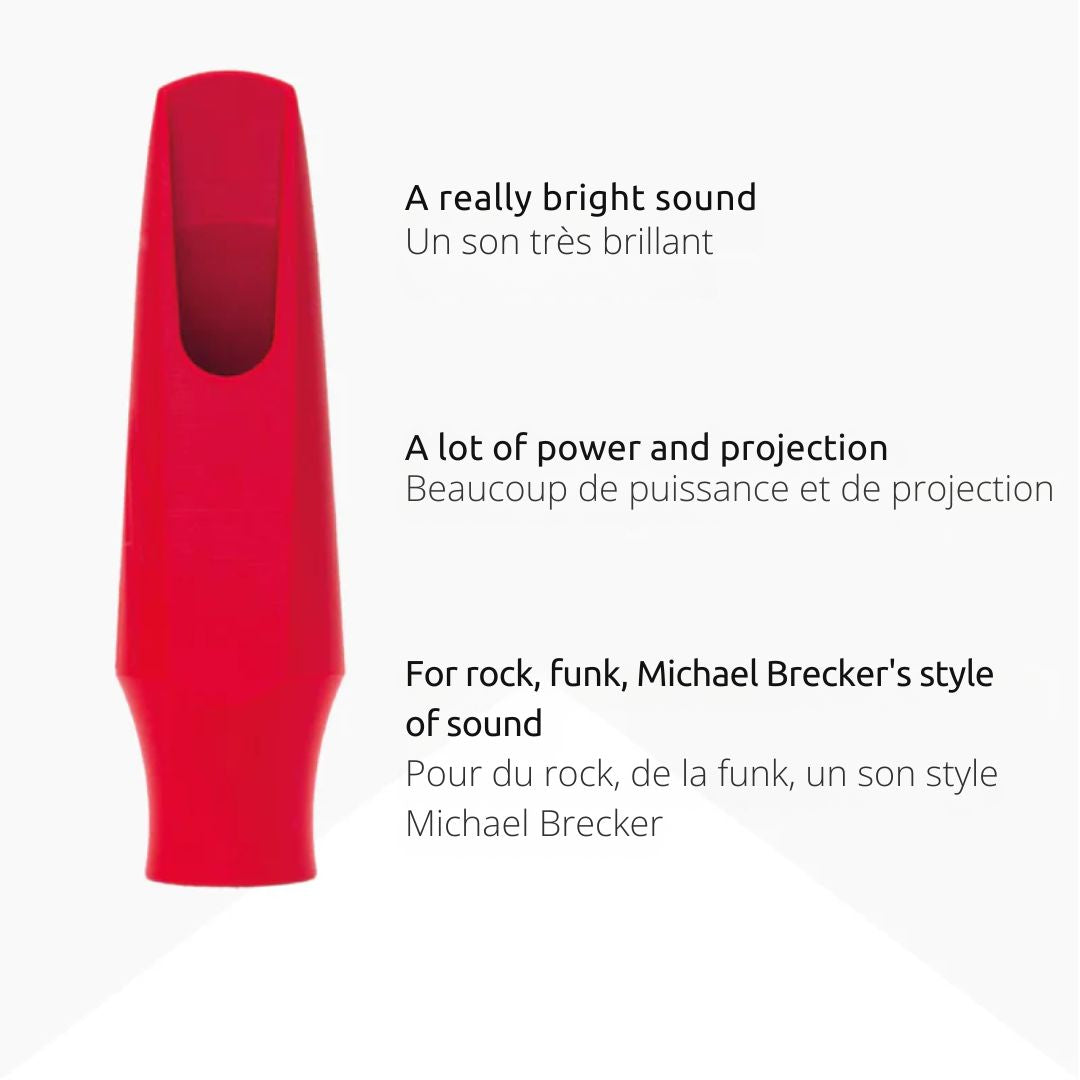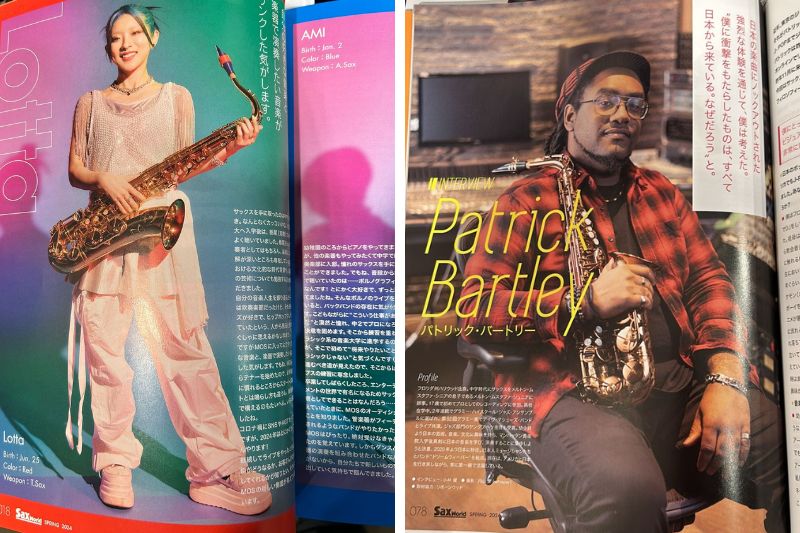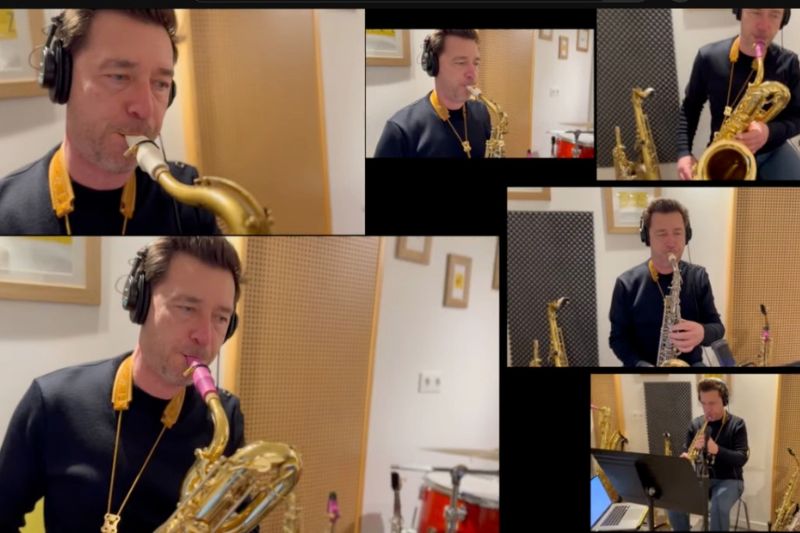In the world of music, particularly in jazz, the ability to translate what you hear into your own playing is a skill that every musician aspires to master. In his fourth video, Ryan Devlin, shares his insights and techniques on how to play what you hear. Let's delve into the valuable lessons he imparts.
Active Listening vs. Passive Listening
Devlin emphasizes the distinction between active listening and passive listening. As a dedicated musician, he finds it challenging to listen to music solely for enjoyment. Instead, he actively engages with the music, dissecting each note, phrase, and articulation to understand and internalize its nuances. This form of active listening becomes a crucial aspect of his practice routine.
The Art of Transcription
One of the most effective ways to internalize musical concepts is through transcription. Devlin demonstrates his process of transcribing a solo by Steve Grossman, a renowned post-Coltrane saxophonist. He meticulously breaks down each phrase, listening repeatedly until he can accurately play it back. This exercise not only enhances his ear training but also expands his improvisational vocabulary.
Implementation into Personal Playing
Once Devlin has transcribed a phrase, he integrates it into his own playing. He creates practice vamps or uses backing tracks to experiment with incorporating the transcribed lines into his improvisations. By doing so, he not only learns to play like his musical influences but also develops his unique voice as a musician.
Building Vocabulary and Connecting Phrases
Devlin emphasizes the importance of building a personal vocabulary by connecting transcribed lines with his existing repertoire. He encourages musicians to focus on specific phrases they admire and incorporate them into their improvisations gradually. Through this process, players can develop a cohesive and expressive musical language.
Continuous Growth and Learning
Devlin's approach to musical development is iterative and ongoing. He encourages musicians to continually seek out new material to transcribe and integrate into their playing. By embracing a growth mindset and staying committed to active listening and transcription, musicians can unlock their full potential and evolve as artists.
Conclusion
Ryan Devlin's insights offer valuable guidance for musicians seeking to elevate their playing to new heights. By embracing active listening, engaging in transcription, and integrating new concepts into their improvisations, musicians can cultivate their unique musical identities. As Devlin aptly demonstrates, the journey to mastery is one of continuous learning, experimentation, and growth.






